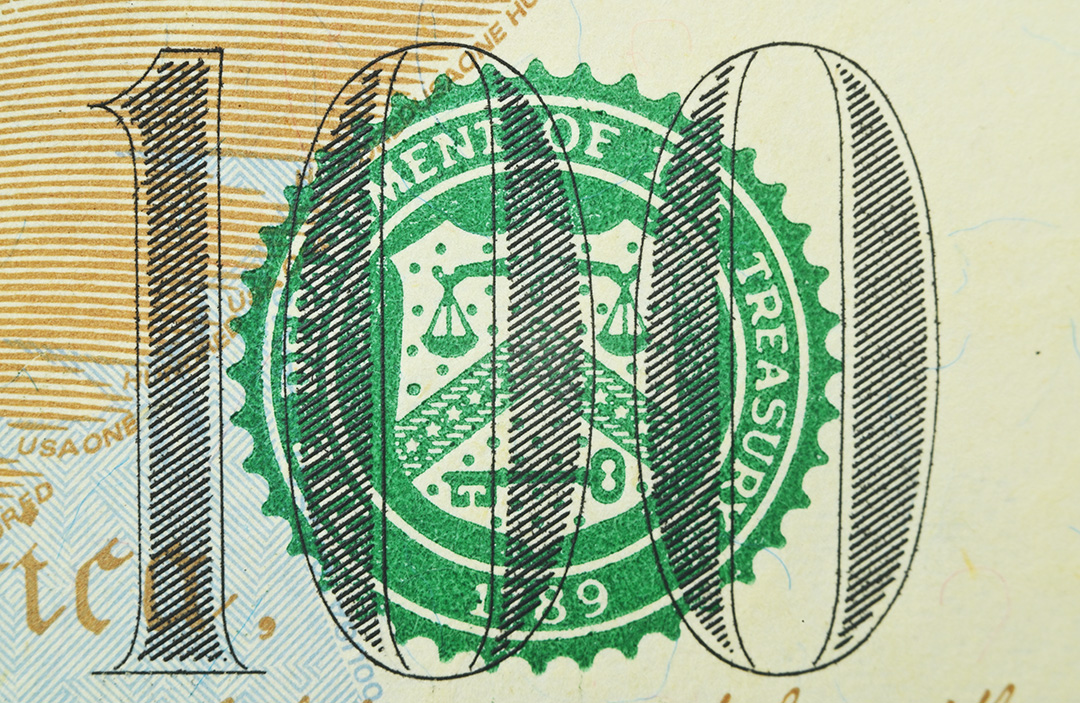In a quietly momentous shift, the U.S. Treasury Borrowing Advisory Committee (TBAC) has formally acknowledged the disruptive and potentially beneficial role of stablecoins in the broader financial ecosystem. Once viewed with skepticism, dollar-backed stablecoins are now being discussed as a “new payment mechanism” — and more importantly, as a significant and growing source of demand for U.S. Treasury bills (T-Bills).
This revelation has far-reaching implications for investors, financial institutions, and the future of global capital markets.
A $120 Billion Foothold
Stablecoin issuers currently hold more than $120 billion in U.S. T-Bills. This figure underscores a rapidly accelerating trend where crypto-backed digital assets are increasingly serving as a gateway for liquidity and short-term capital allocation. These assets, designed to maintain a stable value by being pegged to the U.S. dollar and backed by reserve assets, have become key market participants in Treasury markets.
As stablecoins become more widely used in cross-border payments, decentralized finance (DeFi), and remittance systems, their need for low-risk, yield-generating reserves aligns perfectly with short-term Treasuries.
A Tidal Wave of Demand: $900 Billion More?
The TBAC notes that, under current trends, stablecoin growth could generate up to $900 billion in incremental demand for T-Bills over the coming years. For perspective, the total size of the U.S. Bill market is approximately $6.4 trillion. This means stablecoins alone could eventually absorb over 14% of the entire market.
Such demand could serve as a powerful stabilizer, providing the U.S. Treasury with a consistent source of funding, particularly as geopolitical risks, de-dollarization pressures, and foreign central bank holdings fluctuate.
Stablecoins vs. Banks: The Coming Disruption
While the U.S. Treasury might welcome a new and deep-pocketed buyer of government debt, commercial banks may not be as enthusiastic. The TBAC’s analysis points to a fundamental shift: growth in stablecoin adoption is likely to come at the expense of traditional bank deposits.
If stablecoin market caps grow exponentially — potentially reaching $2 trillion by 2030, as some models suggest — this could lead to significant capital flight from bank deposit accounts into digital wallets and decentralized financial ecosystems. This would reduce banks’ access to low-cost funding, upending traditional banking models that rely heavily on deposit bases to underwrite loans.
The 2030 Forecast: $2 Trillion and Rising
Under optimistic but increasingly realistic projections, stablecoins could surge from their current levels (roughly $150–$160 billion) to $2 trillion by the end of this decade. The drivers include:
- Greater regulatory clarity in the U.S. and abroad
- Institutional adoption of digital payment rails
- Accelerated tokenization of real-world assets
- Enhanced DeFi integrations that require stable, on-chain liquidity
- Growing use of stablecoins in emerging market payment systems
If this trajectory holds, stablecoins could represent one of the most important non-sovereign contributors to U.S. debt financing — a stunning reversal from the adversarial tone that dominated discussions just a few years ago.
Final Thoughts: The Digital Dollar Trojan Horse?
Ironically, while central bank digital currencies (CBDCs) have yet to gain meaningful traction, private-sector stablecoins are already reshaping monetary plumbing. Their embrace of U.S. T-Bills as collateral turns them into dollar defenders, not challengers.
For offshore investors, this presents a paradoxical but powerful opportunity: by participating in stablecoin ecosystems — or by backing entities that provide regulated digital dollar products — one is effectively aligning with the most liquid and resilient debt market on Earth.
Invest Offshore has long advocated for innovative channels to access global capital flows. Stablecoins, now with a formal nod from the Treasury, may be the next frontier for both yield-seekers and digital pioneers.
Opportunities await. Invest Offshore is currently structuring investment vehicles with T-Bill-backed digital asset exposure. We also support initiatives in West Africa’s Copperbelt region, actively seeking partners aligned with this new financial paradigm.

Leave a Reply